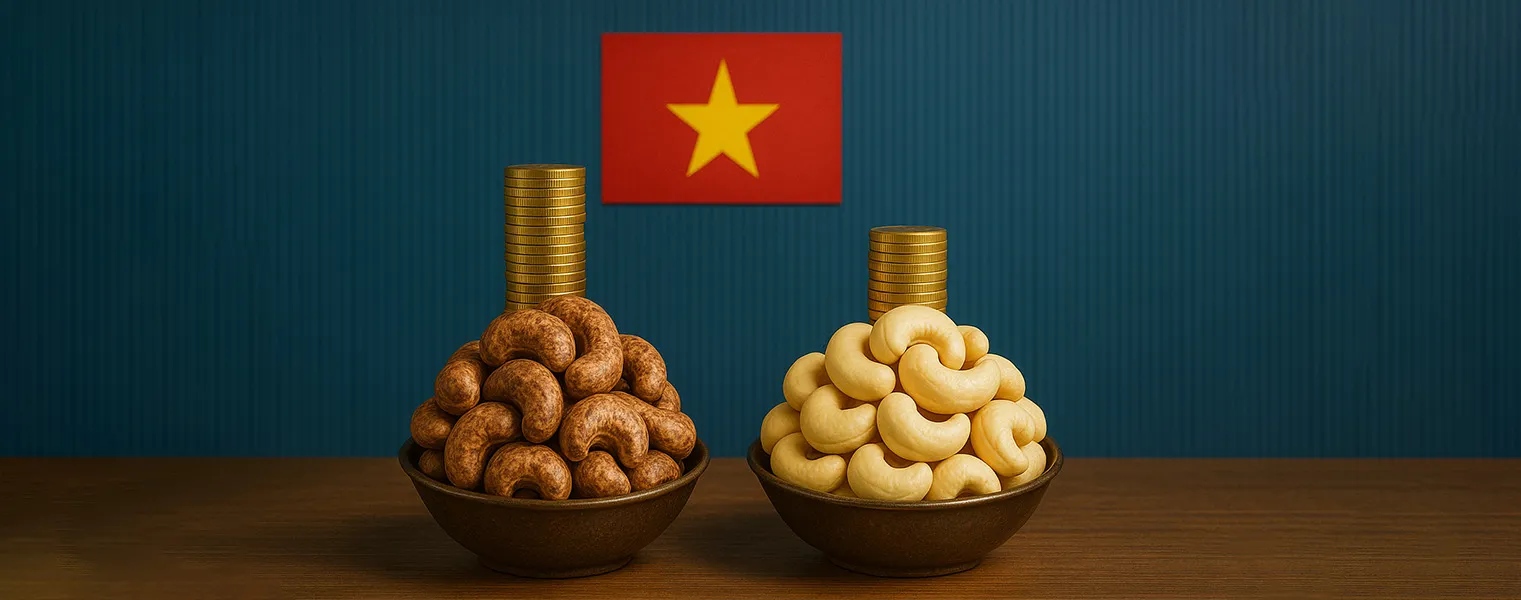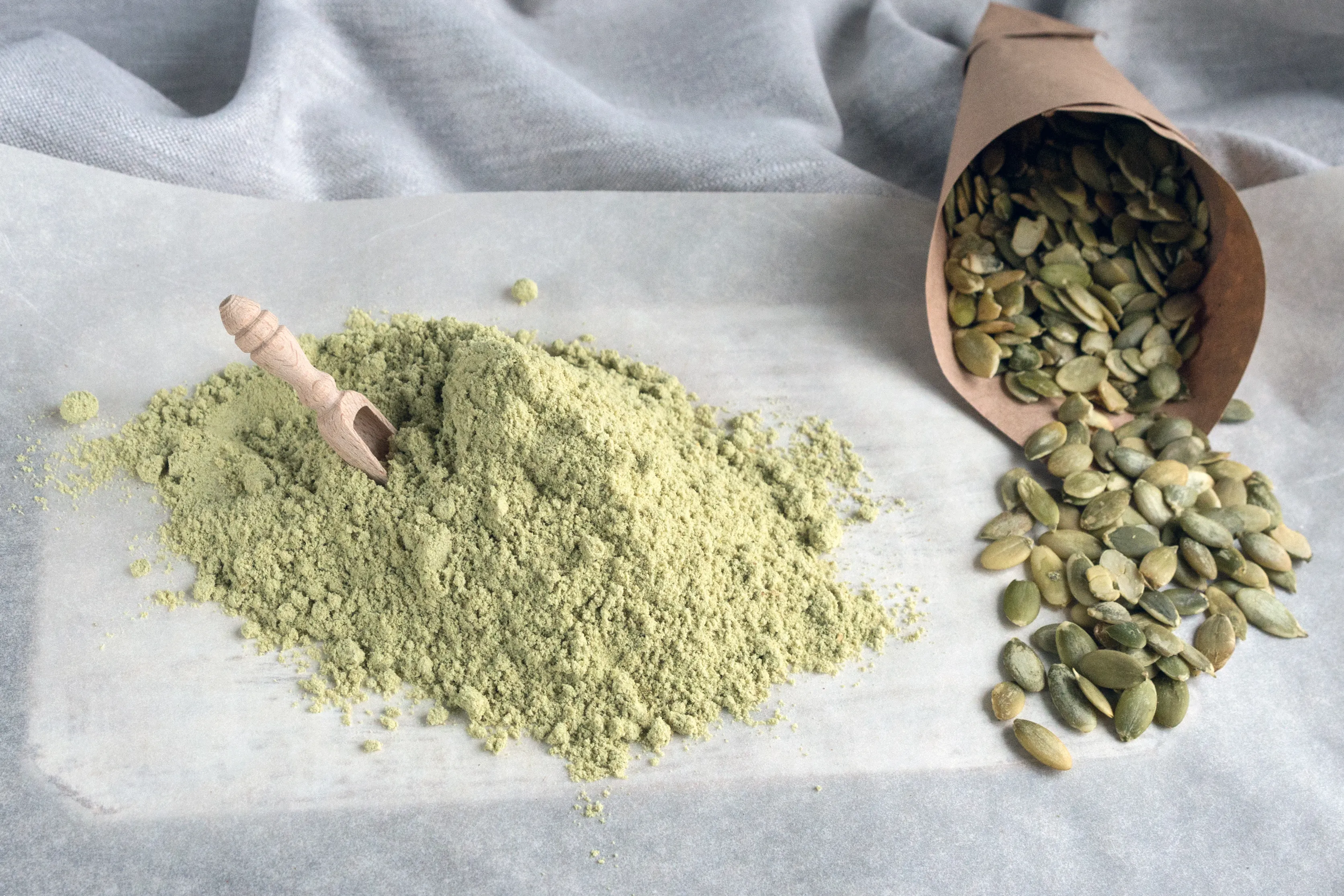China’s Big Switch in Farming Pumpkin Seeds: Tariff Pressures, Pesticide Woes, and Price Turbulence
Pumpkin seeds—widely valued for their nutritious, versatile benefits and strong market demand—are facing a volatile landscape in 2025. From Chinese farmers considering a switch to sunflower seeds to U.S. tariffs and rising freight costs, every segment of the supply chain is in flux. Below is a comprehensive market update covering the latest developments, global production status, major exporters/importers, product quality considerations, harvest timelines, current prices, and future trends. We also integrate additional insights at the end from related data, ensuring no point is left untouched.

1. Latest Market Updates & News
A. Uncertainty in China as Farmers Eye Sunflower Seeds
- Potential Crop Switch for 2025/26
Chinese farmers are contemplating moving away from pumpkin seeds to focus on sunflower seeds in the 2025/26 season. The motive: more resilience to price pressure and potentially higher incomes. This looming shift introduces significant uncertainty into the pumpkin seed market, as planting intentions will dictate future supply availability.
- Tight Stocks & Price Support
Analysts at Chelmer Foods note that traders’ low stock levels and farmers’ reluctance to release product are helping to stabilize or even firm up prices. After months of exceptionally low values, this “downward spiral” has ended for now. Chinese packers anticipate that as old-crop supplies dwindle, prices could rise further.
B. Tariffs and Freight Costs Shape Global Trade
- Trump’s Tariffs
The U.S. doubled tariffs on many Chinese agricultural imports from 10% to 20%, fueling costlier cross-border trade. For pumpkin seeds, these tariffs complicate the supply chain, as many Chinese exporters now either avoid the U.S. market or adjust prices upward.
- Freight Rates
Shipping from China post-Chinese New Year has seen modest rate hikes, raising CFR (Cost & Freight) offers. Coupled with tariffs, final landed costs for North American or European buyers are climbing, adding impetus to the ongoing price volatility.
C. Improved Sentiment Post-Chinese New Year
- Market Resumption
With Chinese New Year festivities complete, trade has resumed vigorously. New deals closed at international exhibitions, fueling moderate optimism among farmers, who prefer to hold back stock for possibly higher selling prices.
- Non-Certified, Low-Cost Products
Chelmer Foods warns about Chinese packers offering cheaper seeds without a pesticide guarantee—riskier for global importers. Several pesticide-related issues surfaced earlier, so buyers are advised to confirm product safety to avoid complications.
2. Global Production Status
- China
- World’s Dominant Producer: Known for Shine Skin and GWS (Snow White) pumpkin seeds, supplying large volumes to the world.
- Harvest: Typically in autumn (Sep–Oct). If farmers pivot significantly to sunflower seeds, 2025 harvest volumes might dip.
- U.S. & North America
- Much smaller in terms of direct exports, overshadowed by domestic usage. However, the U.S. imports Chinese seeds for snack and ingredient markets.
- Some specialized production in states like Oregon sees expansions for the snack segment, but not enough to challenge China’s dominance.
- Eastern Europe
- Countries like Austria, Hungary, Slovenia produce limited but high-quality oilseed pumpkins. Austrian “Styrian Pumpkin Seeds” are prized for pumpkin seed oil (PDO status in the EU). Still, volumes remain modest globally.
- Other
- India grows pumpkins primarily for domestic consumption; seed exports remain minor.
- Latin America sees potential expansions but data is scarce. No major shifts overshadow China’s market presence so far.

3. Major Exporters & Importers of Pumpkin Seeds
- Exporters:
- China is by far the largest, controlling the bulk of global trade.
- Eastern Europe (notably Austria) ships niche or premium seeds for direct consumption or oil production.
- Some expansions in other Asian regions, but overshadowed by China’s scale.
- Importers:
- USA and EU countries (Germany, the Netherlands, Italy, Spain) lead consumption for snack and baking industries.
- Additional interest in the Middle East, though overshadowed by sunflower seed preferences for local snacking.

4. Product Quality, Harvest Time & Key Considerations
A. Varieties & Quality
- Shine Skin: Known for a light-colored shell, typically used as a snack seed. Grade A vs. Grade AA differs in kernel size, color consistency.
- GWS (Snow White): Or “Snow White Pumpkin Seeds” often prized for a bright, uniform color.
- Pesticide Concerns: Some cheaper shipments lack thorough pesticide checks. Importers face potential risk if not verifying official labs or certifications.
B. Harvest & Processing Times
- China: Seeds are harvested in late summer to early fall (Aug–Oct). After drying, raw seeds typically become available from Q4 onward.
- Eastern Europe: Austrian oilseed pumpkins typically harvested in Sep–Oct, with seeds processed through the fall.
- Logistics: Chinese shipments accelerate from November–January, but the Chinese New Year often disrupts shipping schedules.
5. Prices Now & Future Trends
A. Current Price Points
- According to the latest data, GWS Grade A trades at about USD 3,180/MT CFR Hamburg, with Grade AA near USD 3,450/MT.
- For Shine Skin, Grade A stands at USD 1,720/MT CFR, while Grade AA sees a significantly higher premium at USD 2,520/MT.
B. Market Factors Supporting Prices
- Supply Tightness: Farmers hold out for better offers. Lower volumes remain from the 2024 crop, with minimal carryover.
- Possible Shift to Sunflower Seeds: If 2025 plantings drop, supply for the next season might contract, pushing up pumpkin seed quotes.
- Tariff Pressures: The U.S. 20% tariff on Chinese seeds does hamper direct shipments. However, stable EU demand and global interest offset some losses. Also, new shipping rate increases drive CFR quotes up.
C. Outlook
- Short-Term: Prices likely remain stable to slightly bullish. Additional supply constraints from farmers or any large buy orders might prompt quick surges.
- Medium-Term: If a major portion of Chinese farmland transitions to sunflower seeds in 2025, the next harvest’s smaller yield can further prop up global prices.
- Quality: Pesticide concerns remain crucial. Buyers preferring guaranteed pesticide-free seeds pay a premium. This might widen the price gap between “no guaranteed” cheaper seeds and certified premium seeds.

6. Market Analysis & Signals
- Farmers’ Decision
- The biggest factor: Will Chinese farmers definitively cut back on pumpkin seeds for the 2025/26 season? Early signals point to yes, but final decisions hinge on market signals and expected profitability.
- Tariff Developments
- If the U.S.-China trade friction eases, more robust exports to the U.S. could resume, possibly alleviating any supply surpluses in the Chinese domestic market. Alternatively, a protracted dispute might keep Chinese exporters leaning heavily on the EU, Middle East, or Southeastern Asia.
- Pesticide Certification
- As quality concerns intensify, leading importers in Europe and the U.S. may push for better traceability, forcing Chinese packers to adapt or lose out to more reliable suppliers. In a scenario reminiscent of the Chinese raw peanut or chili markets, stricter quality checks often define new norms.

7. Additional & Complementary Updates & Information
After reviewing the content, here are extra insights and references not fully elaborated above:
- Pumpkin Seed Oil: The “Retail Intelligence Report: Oil Q1” revealed price disparities across multiple oils, including pumpkin seed oil. In some markets like Mexico, oil is sold at very high prices—over USD 60 per product—though it’s overshadowed by average global oil prices near USD 28. This suggests an upmarket potential for oil producers.
- Pesticide-Related Issues: Chelmer Foods warns that cheaper seeds with no pesticide guarantee can cause problems. Already in 2025, a few shipments tested positive for banned pesticide residues, risking rejections or blacklisting.
- Impact of Freight, Trade, and Logistics: As with other horticultural or oilseed commodities (e.g., palm oil in the EU, or raw nuts from the U.S. to China), shipping costs can significantly shift CFR price structures.
- Long-Term Market Trends: Consumer interest in healthy snacks, grain-free baking, and high-protein diets support stable or growing demand for pumpkin seeds.
- Harvest Overlaps: With major Chinese production in August-October, supply typically hits major trade flows by Q4. If farmers reduce planting after spring 2025, the next year’s supply constraints could become visible from Q4 2025 onward.
Conclusion
Pumpkin seeds remain a dynamic commodity in 2025, shaped by Chinese farmer decisions, ongoing tariff battles, rising freight costs, and a global push for safer, pesticide-free seeds. The short-term outlook suggests stable or slightly increasing prices, with a potential supply shock looming if many growers switch to sunflower seeds. Meanwhile, customers across the U.S., EU, and emerging markets continue to drive robust demand for both snack seeds and oilseed usage.
As always, verifying product quality remains essential. Importers and buyers will watch closely for official pesticide certification, especially if suspiciously cheap offers flood the market. If orchard expansions or new farmland changes occur, the 2025/26 season might see even more volatility. For now, all eyes are on the next sowing cycle in China and any breakthroughs in U.S.-China trade negotiations that might shift global pricing dynamics.
FAQ Section
- FAQ: Why Are Chinese Farmers Switching from Pumpkin Seeds to Sunflower Seeds?
- The motive: to escape heavy price pressure and secure higher returns. This potential shift in the 2025/26 season is fueling concern about a smaller upcoming pumpkin seed crop, especially if large numbers pivot away.
- FAQ: How Are U.S. Tariffs Affecting Pumpkin Seed Prices?
- The U.S. doubling tariffs on Chinese ag products from 10% to 20% raises import costs, possibly discouraging U.S. buyers from sourcing Chinese seeds. This scenario, ironically, may keep China’s domestic supply lower, supporting stable or higher prices in other global markets.
- FAQ: Are Cheaper Chinese Pumpkin Seeds Without Pesticide Guarantee Safe to Purchase?
- Experts warn no. This year alone saw multiple pesticide-related red flags. Buyers should confirm official test documents or consider established packers with proven track records to avoid potential rejections or health hazards.
- FAQ: Which Countries Dominate Pumpkin Seed Production and Trade?
- China leads the pack in production and export volume. Some smaller suppliers, like Austria (for oilseed pumpkins) or the U.S. (domestic usage), exist but remain overshadowed by China’s scale.
- FAQ: What Are the Current Price Levels for Chinese Pumpkin Seeds?
- Latest quotes indicate GWS Grade A near USD 3,180/MT CFR Hamburg, Grade AA at USD 3,450/MT. Shine Skin Grade A stands around USD 1,720/MT and Grade AA at USD 2,520/MT. Freight hikes and potential supply cuts might push these even higher.
- FAQ: Will Pumpkin Seed Prices Remain Firm Through 2025?
- Many signs point yes. If Chinese sowing areas shrink, supply shrinks, fueling upward price trends. Tariff tensions, pesticide scrutiny, and stable global demand suggest the market stays bullish unless a major shift in supply or policy occurs.



